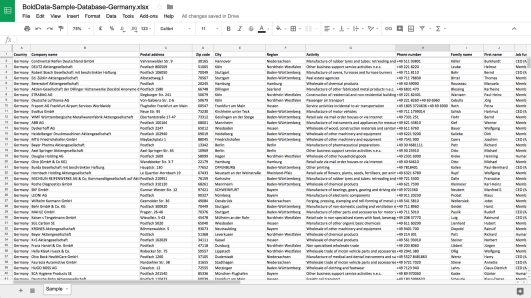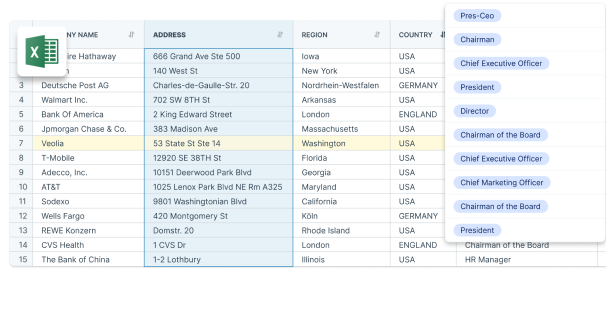Financial data is essential to modern-day finance, accounting, and investing. The collection of financial information helps businesses and investors make informed decisions.
Financial data includes quantitative and qualitative information, such as revenue, expenses, balance sheets, cash flows, and financial ratios. In this article, we will explore the concept of financial data in detail, discussing its importance, types, sources, and applications.
Importance of Financial Data
Financial data plays a crucial role in the success of any business or investment. It helps decision-makers understand their organization’s current financial position and make future projections. The significance of financial data can be summarized as follows:
-
Financial Performance Analysis
Financial data allows businesses to analyze their financial performance by identifying their strengths and weaknesses. It enables them to compare their current financial position with past performance and industry benchmarks to make strategic decisions.
-
Financial Planning and Budgeting
Financial data is the foundation of financial planning and budgeting. It helps businesses and investors to estimate their future financial needs, set goals, and create a roadmap to achieve them.
-
Investment Decisions
Financial data is crucial for making informed investment decisions. It provides investors with insights into the financial health of the company, its growth potential, and risks. Based on this information, investors can decide whether to invest or not.
Types of Financial Data
There are two types of financial data: historical and projected. Historical data is the past financial information businesses use to evaluate their performance. Projected data, on the other hand, is future financial information businesses use to estimate their financial needs and make strategic decisions.
Historical Financial Data
Historical financial data includes past financial statements, such as income statements, balance sheets, and cash flow statements. It also includes financial ratios and performance indicators, such as return on investment (ROI), earnings per share (EPS), and debt-to-equity ratio.
Projected Financial Data
Projected financial data includes financial forecasts and budgets. Businesses use projected financial data to estimate their future financial needs and plan their activities accordingly. It includes revenue projections, expense forecasts, and cash flow projections.
Sources of Financial Data
There are various sources of financial data, including internal and external sources.
Internal Sources
Internal sources of financial data include the company’s financial statements, accounting records, and management reports. These sources provide businesses with accurate and reliable financial information, making it easier for them to make informed decisions.
External Sources
External sources of financial data include public financial statements, industry reports, and economic data. Businesses can use external sources to gain insights into their competitors, industry trends, and economic conditions.
BoldData delivers historical data from all 300 private companies worldwide. Our historical data show you how companies have performed in revenue over the previous years. Besides the historical data, we deliver legal entity details, the people that run them, corporate structures and ownership. BoldData is the world’s market leader in custom-made historical datasets on private companies with information on more than 300 million companies across the globe. Our historical company data is the backbone for other data companies, analytical companies, investors, compliance companies and many fortune 500 companies.
Custom made Historical Financial Datasets
- Data from 2017, 2018, 2019, 2020 & 2021
- Includes turnover, revenue employee size from many years back
- Custom made based on geographical location, turnover range, employee range and industry type
- Standardized database for all countries
Applications of Financial Data
Financial data has numerous applications in different areas of finance, accounting, and investing.
-
Financial Reporting
Financial reporting is communicating financial information to stakeholders, including investors, creditors, and regulators. Financial data is the foundation of financial reporting, and businesses use it to prepare financial statements, such as income statements, balance sheets, and cash flow statements
-
Financial Analysis
In order to make informed decisions, financial analysis involves evaluating financial data. Businesses and investors use financial data to analyze financial performance, compare results to industry benchmarks, and identify opportunities for improvement.
-
Investment Management
Managing investment portfolios is the process of achieving investment goals. Financial data is crucial for investment management, as it provides insights into the company’s financial health, growth potential, and risks.
Get Financial Data from BoldData
You can find accurate financial data from more than 200 countries by category. Using the right financial data attributes to ensure the best sales in any industry is crucial. Contact us at BoldData to learn more!

